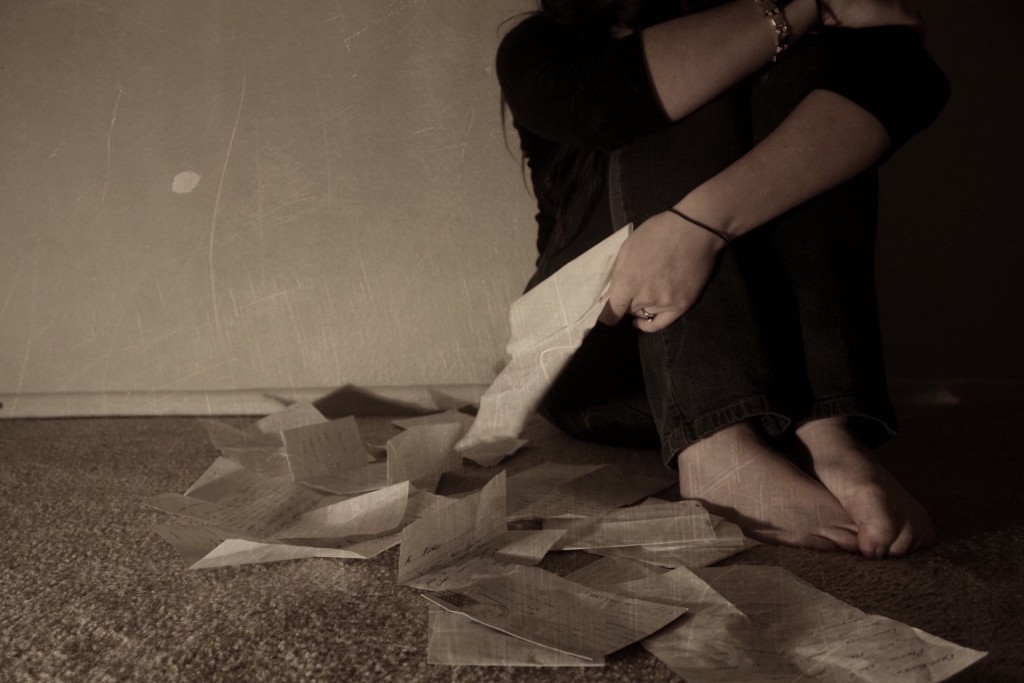Nobody likes to be rejected.
Anything that makes you want to consume and entire bucket of ice cream in one sitting must have serious psychological implications.
While it’s tempting to give up on a piece of writing after a rejection or two, that isn’t always the best course of action. Many writers automatically think the worst when they receive a rejection.
Types of Rejection
- No Reponse: This is difficult, because a lack of response leaves you wondering if your submission actually arrived. Chances are, it did. Chances are they’re not interested. Send your work elsewhere.
- The Form Rejection I: Begins with “Dear Reader,” or similar, and doesn’t contain the name of your submission. It cites general reasons for rejecting your work, like “doesn’t fit our current list,” or “not quite what we’re looking for,” and will wish you well with other publishers.
- The Form Rejection II: Exactly the same as Form Rejection I, but your name and the title of your submission have been slotted in. This is in no way better than the former type of rejection.
- The Scribbled Note: A handwritten rejection which can vary anywhere from “all the best elsewhere,” to “hoping to see more of your work,” to “hoping you disappear into a hole somewhere and never return.”
- The In-Depth Personal Rejection: This is the best type of rejection to get. It shows effort on the part of the submissions editor, and will generally give more specific reasons as to why your work isn’t being accepted. It also might offer suggestions or ask for more (different) writing to be submitted.
The vast majority of rejections you receive will be form letters. If you do receive an in-depth personal letter, you can be happy knowing you’re on the right track.
What Rejection Doesn’t Necessarily Say
Sure, you might feel terrible that your life’s work has been so casually dismissed by a form rejection, but that isn’t a death sentence.
Rejection doesn’t necessarily say:
- You are a failure. Even the best writers get rejected (many even after being published previously).
- You will never be published. It’s possible you’ll never be published, but not because of a particular rejection.
- You aren’t a good writer. You may very well be a good writer. Maybe you’re just not a great writer. Yet.
- Your manuscript is terrible. While chances are your manuscript isn’t publishable at the moment, it may have plenty of redeemable qualities.
That said, it’s quite possible your rejection–whether form or personalized– could mean the following.
What Rejection Might Mean:
- Your manuscript isn’t right just yet. You might benefit from some editing or better proofreading.
- You have submitted to the wrong publisher. Perhaps you didn’t research what type of manuscripts said publisher looks for.
- Your query letter isn’t effective. It may be too long or too short, contain errors, or simply be missing required elements.
- You need to study your craft. Could it be you need to spend more time practicing writing before you can expect to be published?
- You haven’t given your manuscript enough time to breathe. Maybe you should have put it aside for a few months to cool off before taking a fresh look and tackling all that necessary editing.
- Your story doesn’t cut it. It might be that your plot isn’t interesting enough, contains logic holes, or is otherwise just not good enough yet.
When you face rejection, take heart: there’s still hope for you and your manuscript.
Do consider the reasons for the rejection, and do make a plan of action as to what you can do to improve your chances of acceptance.
Most of all, if you receive personal feedback from agents or editors, be sure to consider their advice.
What experiences have you had with rejection, and how have you turned it into a learning experience?
